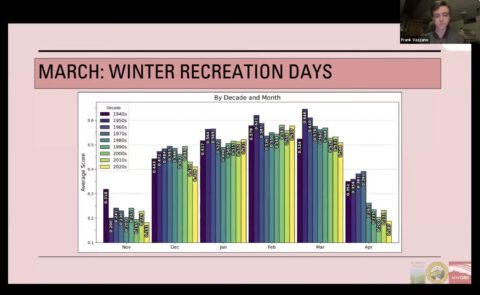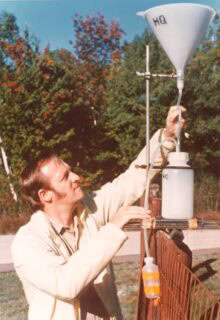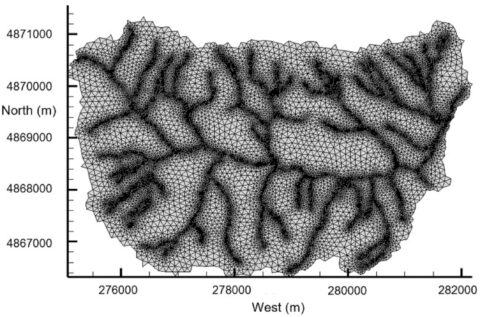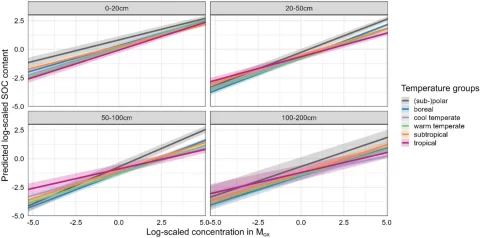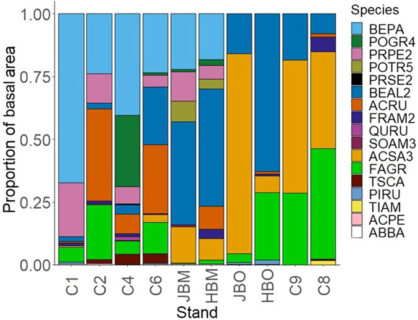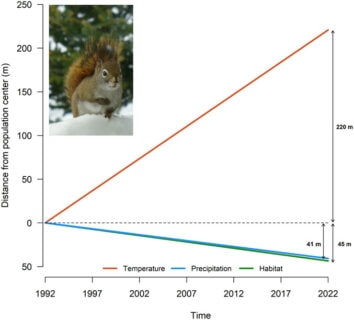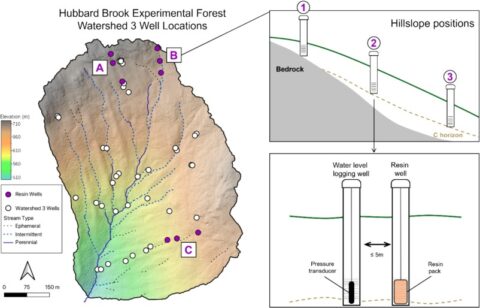Over the past year the Hubbard Brook Research Foundation has collaborated with the Mount Washington Observatory and the Appalachian Mountain Club to work with an intern who examined long-term data from all three sites in new ways and is working to create a weather almanac tying all that information together.…
By Oliver Milman. Published March 27, 2025. The US could be plunged back into an era of toxic acid rain, an environmental problem thought to have been solved decades ago, due to the Donald Trump administration’s rollback of pollution protections, the scientist who discovered the existence of acid rain in…
Refining Fully Coupled Models at Hubbard Brook: Latin Hypercube Sampling and the Nash–Sutcliffe Leap
For over half a century, researchers at Hubbard Brook Experimental Forest (HBEF) have been assembling one of the most comprehensive long-term ecological data sets in the world. Early work at HBEF provided seminal insights into forest nutrient cycling and water budgets, eventually informing the creation of the Brook90 model—a lumped…
The early days of soil remediation studies at the Hubbard Brook Experimental Forest in New Hampshire were driven by a simple yet alarming question: how do air pollutants and acid rain reshape our forests from the ground up? By the mid-twentieth century, Hubbard Brook had become famous for measuring acid…
Few places have shaped our understanding of forest dynamics like the Hubbard Brook Experimental Forest. Nestled in the rugged terrain of New Hampshire, this iconic site has long served as a living laboratory where the intricacies of nutrient cycling and ecosystem resilience are revealed. For decades, Hubbard Brook has provided…
Researchers studying montane forests in the northeastern United States often turn to data from the Hubbard Brook Experimental Forest in New Hampshire, well known for its long-running measurements of temperature, precipitation, and ecological processes. That data set has now played a key role in a new study of American red…
On a crisp autumn morning in New Hampshire’s White Mountains, a hush settles over the canopy of sugar maple (Acer saccharum) and American beech (Fagus grandifolia). Some leaves glow yellow and orange in the bright sun, while others have already curled at the edges, preparing their quiet descent. Scientists at…
High in the White Mountains of New Hampshire, there’s a small, forested watershed that scientists treat like a living laboratory. Here, at the Hubbard Brook Experimental Forest, researchers have long investigated how water, soil, and forest ecology interact—creating one of the most studied forest ecosystems in the world. In their…
Small creatures play a part in asking big questions. The 2024 preprint Environmental Factors Drive the Composition of Diatom Communities Across a Range of Northern Hardwood Streams by Lindsey Sahlmann, et. al. examines the sensitivity of diatom communities to environmental changes in forested headwaters. According to the authors, these algae…


